Artificial Intelligence (A.I.) has come a long way since its earliest days, when computer scientists first began exploring the possibilities of machine learning and natural language processing. Over the years, a number of groundbreaking AI programs have paved the way for today’s sophisticated chatbots and language models.
In this post, The Dept takes a look at the history of A.I., through 12 programs that helped pave the way for ChatGPT.
ELIZA (1966)
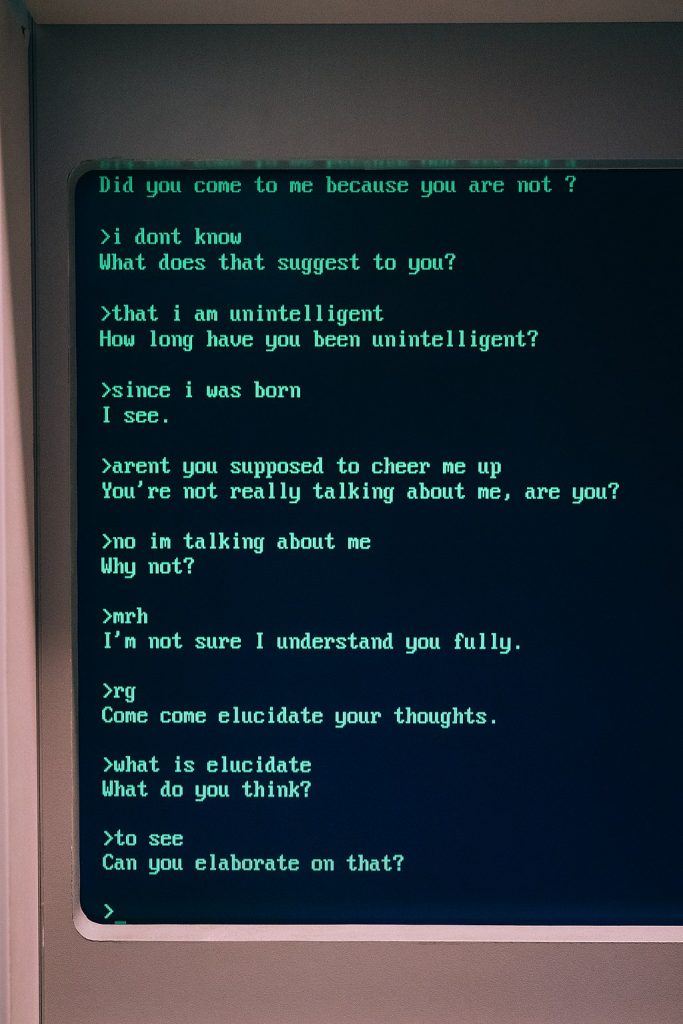
One of the earliest examples of generative AI was the development of ELIZA, a computer program designed to mimic a psychotherapist. Created in the mid-1960s by computer scientist Joseph Weizenbaum, ELIZA used a series of simple rules to create responses to users’ input.
By mimicking the style of a psychotherapist, ELIZA was able to create the illusion of human-like conversation.
SHRDLU (1970)
Developed by computer scientist Terry Winograd at MIT in the early 1970s, SHRDLU was a natural language understanding program that was able to understand natural language commands and respond with appropriate actions in a virtual world.
The program was groundbreaking in its ability to understand and respond to human language in a way that was more sophisticated than previous efforts.
MYCIN (1972)
Developed by Edward Shortliffe, MYCIN was one of the earliest expert systems, which used a knowledge base of rules and logic to diagnose bacterial infections. The program was able to provide accurate diagnoses based on a patient’s symptoms and medical history.
DENDRAL (1965-1982)
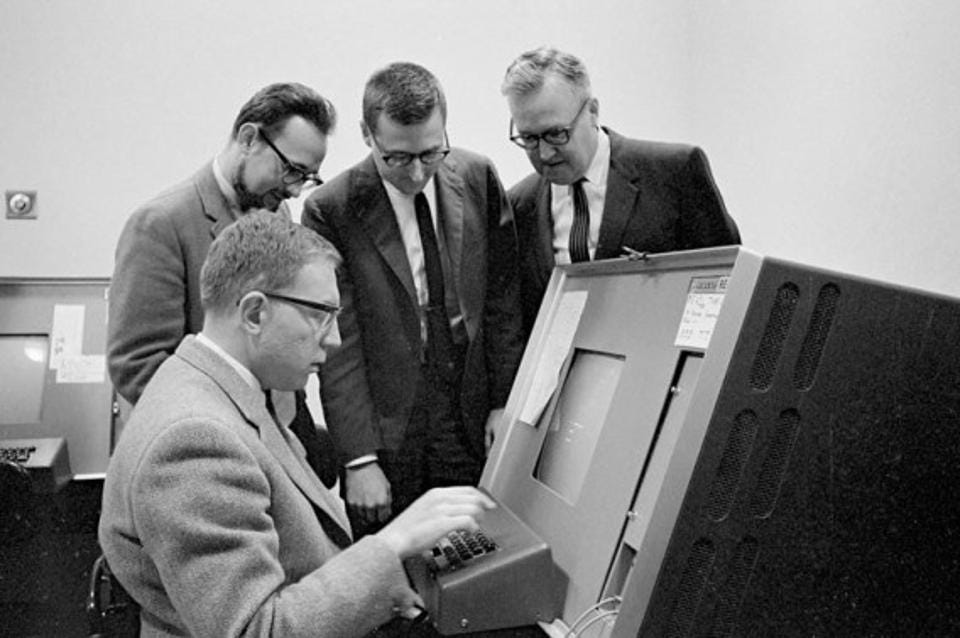
Developed by computer scientists Edward Feigenbaum and Joshua Lederberg in the 1960s and 1970s, DENDRAL was a system that used artificial intelligence techniques to analyze the molecular structure of organic compounds.
The program was able to identify the structures of complex molecules, which was a significant achievement in the field of computational chemistry.
Hearsay-II (1976-1982)
Hearsay-II was a speech recognition system that was able to transcribe spoken words into text. Developed by researchers at Carnegie Mellon University, the system used a combination of statistical methods and rule-based techniques to analyze speech and generate transcriptions.
Although the system was limited in its ability to recognize different accents and speech patterns, it was influential in demonstrating the potential for speech recognition technology.
RELATED: An AI Glossary: 40 Essential Concepts You Need To Level Up Your AI Knowledge
Deep Blue (1996)
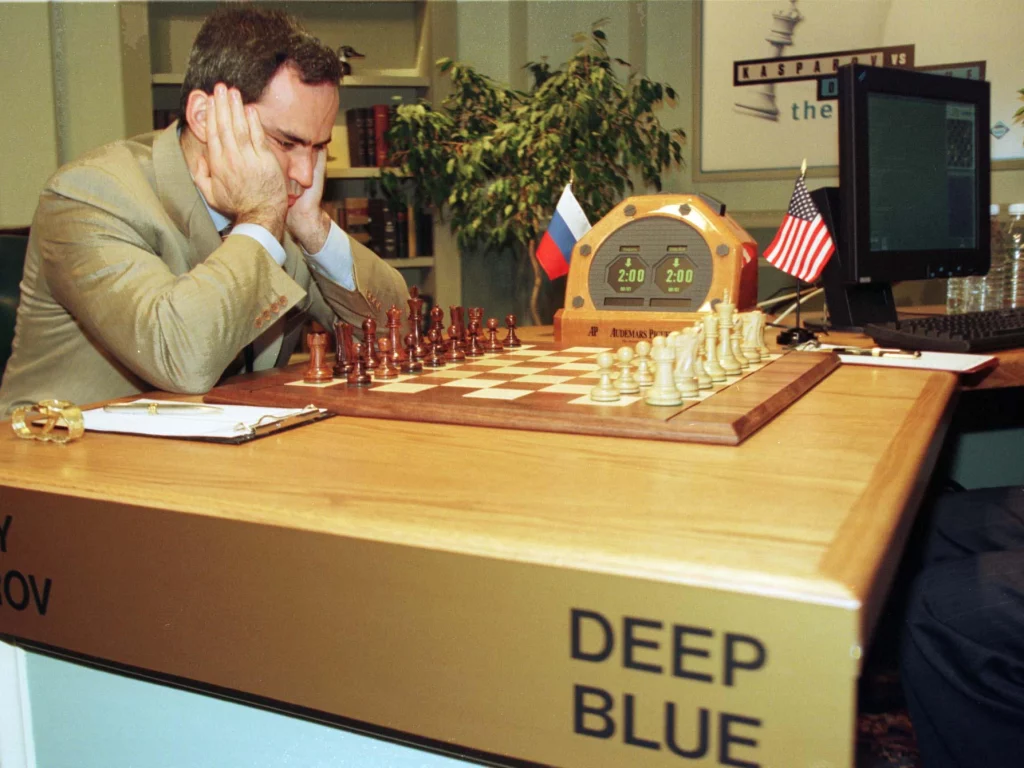
Developed by IBM, Deep Blue was a chess-playing computer that famously defeated world chess champion Garry Kasparov in a six-game match in 1997.
The system used a combination of advanced search techniques and evaluation functions to analyze the game board and make moves. Deep Blue’s victory was a major milestone in the development of AI and demonstrated the potential for computers to compete with human experts in complex games.
IBM Watson (2011)
IBM Watson is a question-answering computer system that uses natural language processing and machine learning to analyze large amounts of data and provide answers to complex questions. In 2011, Watson made headlines when it competed on the game show Jeopardy! and beat two human champions.
Watson’s ability to understand natural language and generate accurate responses helped pave the way for the development of ChatGPT and other conversational AI programs.
Amazon Alexa (2014)

Amazon Alexa is a virtual assistant that uses natural language processing to understand and respond to voice commands. Alexa is designed to interact with users in a conversational manner, and can perform a wide range of tasks, such as playing music, setting alarms, and controlling smart home devices. Alexa’s ability to understand and respond to natural language commands has been a major advancement in the development of ChatGPT and other conversational AI systems.
Google Assistant (2016)
Google Assistant is a virtual assistant similar to Amazon Alexa that uses natural language processing to interact with users. Google Assistant is capable of answering questions, providing information, and performing a wide range of tasks, such as sending messages and controlling smart home devices. Its use of natural language processing and machine learning has been a major influence on the development of ChatGPT and other conversational AI systems.
AlphaGo (2016)

Developed by Google DeepMind, AlphaGo is a computer program that plays the board game Go. In 2016, the program defeated world champion Lee Sedol in a five-game match, demonstrating the potential for AI in complex strategy games.
AlphaGo uses a combination of deep neural networks and Monte Carlo tree search to analyze the game board and make moves.
OpenAI Five (2018)
Developed by OpenAI, OpenAI Five is a team of five artificial intelligence agents that play the game Dota 2. In 2018, the team defeated a team of professional players in a best-of-three match.
OpenAI GPT-2 (2019)
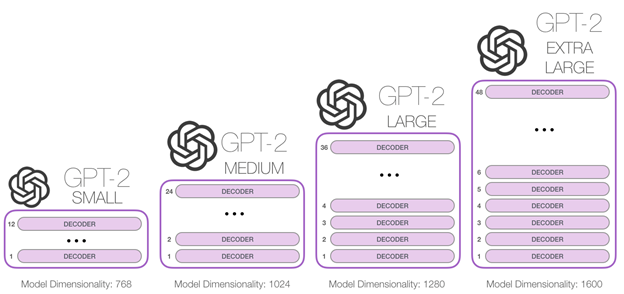
GPT-2 is a generative language model that uses deep learning to generate human-like text. GPT-2 is capable of producing coherent paragraphs of text on a wide range of topics, and has been used to generate news articles, poetry, and even entire novels. Its use of deep learning and large amounts of training data has been a significant development in the field of natural language processing and has paved the way for the development of ChatGPT and other advanced conversational AI systems.
The development of ChatGPT has been the culmination of decades of research and development in the field of artificial intelligence. From early programs like ELIZA and SHRDLU to modern systems like Alexa and GPT-2, each of these programs has contributed to the advancement of AI technology in its own way. ChatGPT represents a major step forward in the development of conversational AI systems, and has the potential to revolutionize the way we interact with computers and other smart devices.
As AI technology continues to advance, we can expect to see even more groundbreaking developments in the years to come.
You Might Also Enjoy:
• A Glossary of AI Terms
• A Short History of ChatGPT (As Told By ChatGPT)

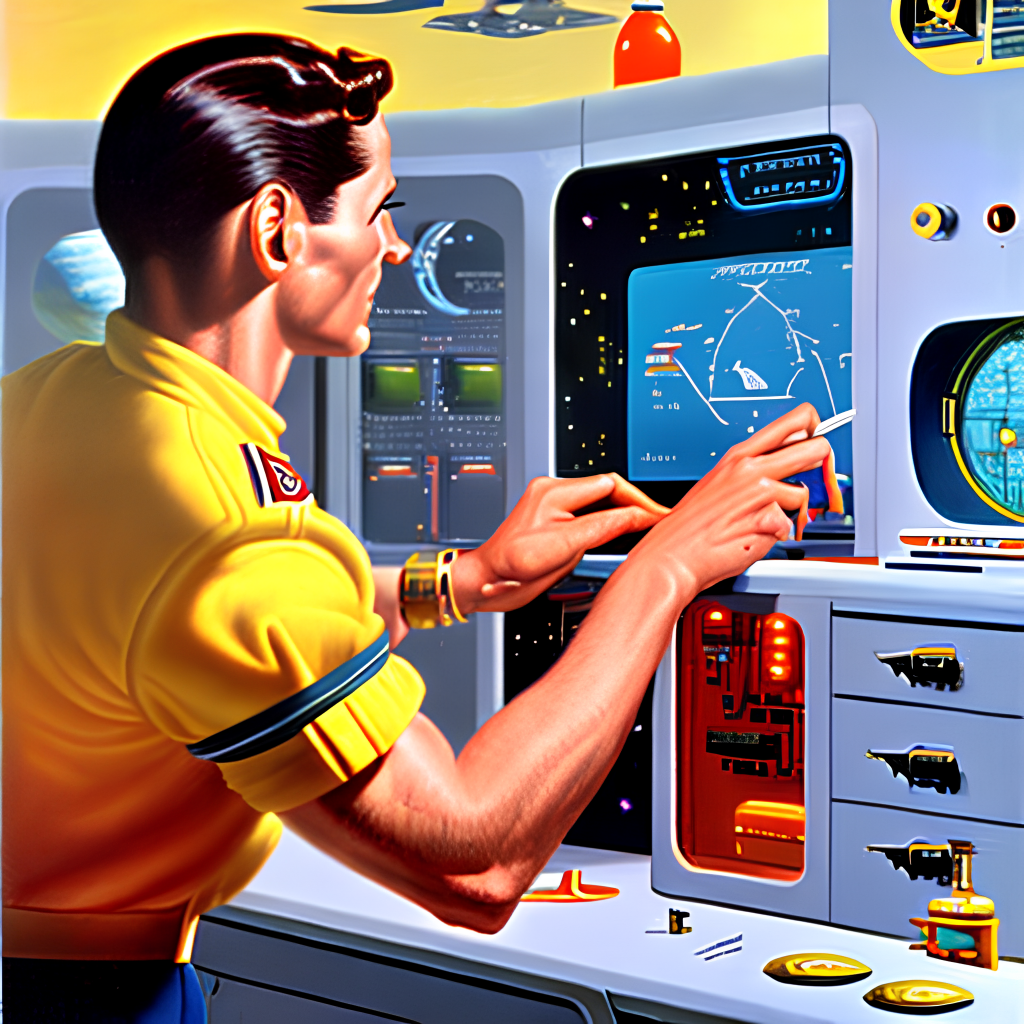


Pingback: The Forecast: 3 Ways That Web3 Will Disrupt Marketing – THE DEPT OF NEXT
Pingback: How To Use Tokens In ChatGPT To Achieve Better Word Counts – THE DEPT OF NEXT
Pingback: OpenAI's New GPT-4 Will Be A Multimodal Model - But What Does That Mean? – THE DEPT OF NEXT
Pingback: 5 Highly Useful New AI Tools To Help Level Up Your Productivity and Creativity: March 2023 – THE DEPT OF NEXT
Pingback: Apple GPT: Tim Cook and Apple Have Entered the AI Chat – THE DEPT OF NEXT
Pingback: Claude Pro: Anthropic Announces Paid Plan for $20 Per Month
Pingback: Search.ChatGPT.com: Is an OpenAI Search Engine in the Works for 2024? – THE DEPT OF NEXT